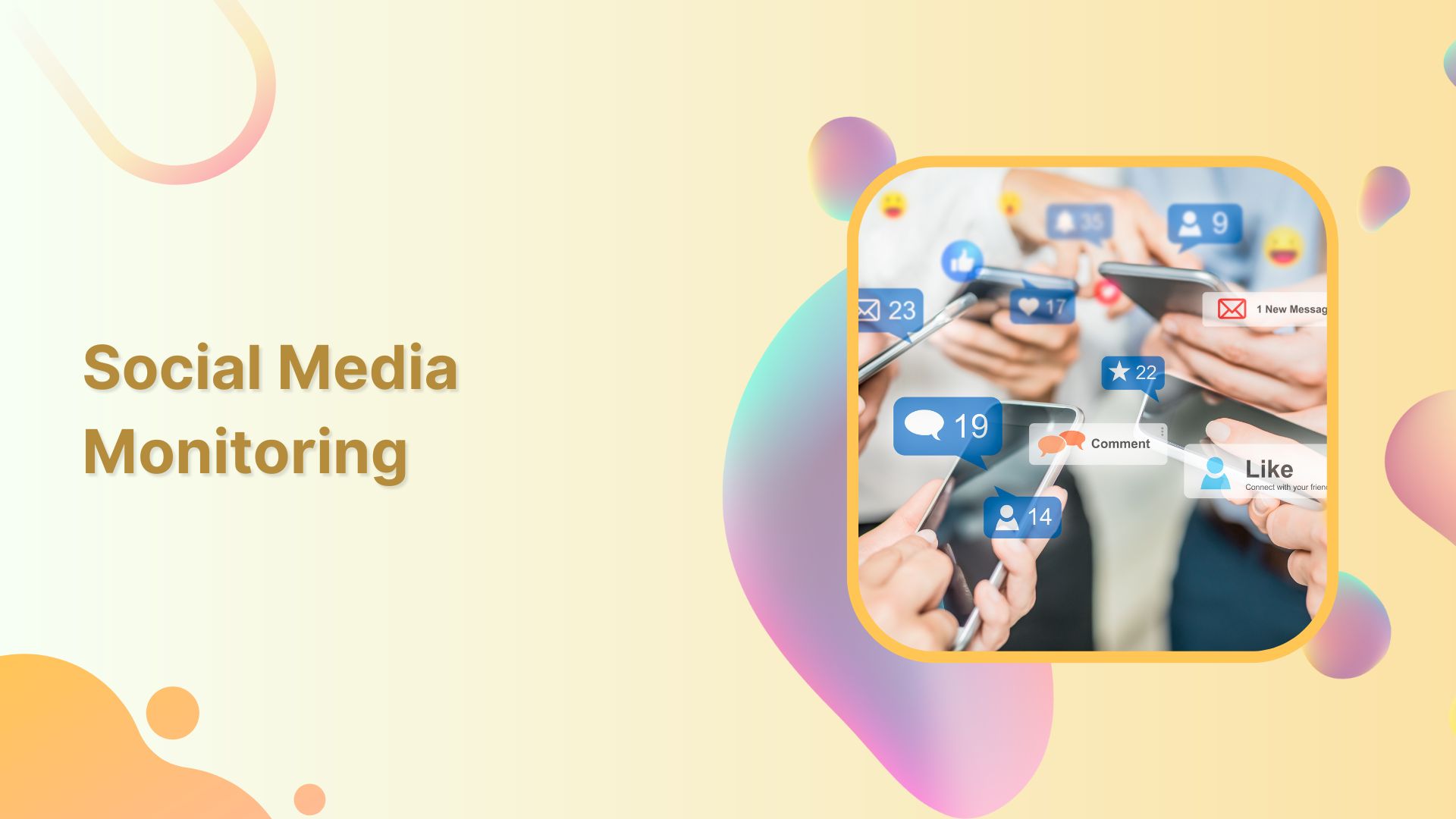Imagine trying to hear every whisper about your brand in a crowded room. Sounds impossible, right? Yet, this is precisely how companies monitor social media. With billions of users worldwide sharing opinions, companies need to stay in the loop, capturing vital insights and staying ahead in a competitive digital landscape.
How Companies Monitor Social Media for Better Insights

What is Social Media Monitoring?
Definition
Social media monitoring refers to tracking online conversations across platforms like Facebook, Twitter, and LinkedIn. It involves identifying mentions, comments, and trends related to a brand, product, or industry.
Difference Between Social Media Monitoring and Social Listening
While monitoring focuses on collecting data, social listening goes a step further. It analyzes the data for actionable insights, helping companies make informed decisions.
Why Do Companies Monitor Social Media?
1. Brand Reputation Management
A single tweet can either boost or damage a brand’s reputation. Monitoring ensures companies stay alert to mentions and address issues promptly.
2. Understanding Customer Feedback
Customer reviews, both good and bad, offer a goldmine of insights. Monitoring feedback helps companies improve their products and services.
3. Crisis Management
During crises, a quick response can save a brand’s reputation. Monitoring ensures companies can manage such situations effectively.
4. Competitive Analysis
Keeping an eye on competitors’ activities helps businesses identify opportunities and threats.
Social Media Monitoring Tools
Paid Tools
- Hootsuite: A comprehensive tool for scheduling and monitoring.
- Sprout Social: Ideal for analytics and engagement tracking.
Free Tool
- Google Alerts: Simple yet effective for monitoring mentions.
- TweetDeck: A tool for tracking Twitter activity.
AI-Powered Tools
Advanced tools like AIM Insights utilize AI to analyze sentiment and predict trends.
The Social Media Monitoring Process
1. Setting Objectives
Define clear goals, such as improving customer satisfaction or tracking competitor performance.
2. Identifying Key Platforms
Focus on platforms where your audience is most active.
3. Selecting the Right Tools
Choose tools that align with your business needs and budget.
4. Monitoring and Collecting Data
Track metrics like mentions, hashtags, and engagement to gather actionable insights.
Key Metrics Companies Monitor
- Mentions: Tracking brand mentions across platforms.
- Sentiment Analysis: Understanding public opinion about your brand.
- Engagement Metrics: Likes, shares, comments, and more.
- Share of Voice: How much of the conversation your brand owns compared to competitors.
Best Practices for Effective Monitoring
- Use relevant keywords to filter noise.
- Monitor in real-time to stay updated.
- Regularly analyze reports to measure progress.
Challenges
1. Data Overload
Sorting through massive volumes of data can be overwhelming.
2. Managing Negative Feedback
Handling criticism professionally is crucial for maintaining a good reputation.
3. Privacy Concerns
Companies must balance monitoring with respecting user privacy.
Industries That Benefit from Social Media Monitoring
1. Retail and E-commerce
Understanding customer preferences boosts sales.
2. Healthcare
Tracking patient feedback improves service quality.
3. Technology
Monitoring innovation trends helps companies stay competitive.
The Role of AI in Social Media Monitoring
AI automates repetitive tasks, saving time and improving accuracy. Tools with predictive analytics can even forecast trends.
Case Studies
- A retail giant used monitoring to boost customer engagement by 30%.
- A healthcare provider improved patient satisfaction scores through timely responses.
Future Trends
Expect real-time analytics and smarter AI tools that provide deeper insights and actionable recommendations.
How to Get Started with Social Media Monitoring
- Identify your objectives.
- Choose the right tools.
- Begin tracking relevant metrics.
- Regularly analyze and refine your strategy.
The ROI of Social Media Monitoring
Effective monitoring boosts brand awareness, enhances customer satisfaction, and drives sales, ensuring a significant return on investment.
Conclusion
Social media monitoring is not just about tracking likes and comments; it’s about understanding your audience, staying ahead of competitors, and protecting your brand. By leveraging the right tools and strategies, companies can turn online chatter into actionable insights.
Want to see how cutting-edge social media monitoring can transform your business? Request a demo from AIM Technologies and experience how advanced tools and AI-driven insights can help you stay ahead in the competitive digital landscape.
FAQs
1. What is the difference between social media monitoring and social listening?
Monitoring tracks data, while listening analyzes it for actionable insights.
2. Which platforms are best for social media monitoring?
Facebook, Twitter, LinkedIn, and Instagram are common choices.
3. Are free tools effective for social media monitoring?
Yes, but they may have limited features compared to paid tools.
4. How often should companies monitor social media?
Ideally, real-time monitoring is best, but at least daily checks are recommended.
5. What are the key challenges in social media monitoring?
Managing data overload, handling negative feedback, and respecting privacy are major challenges.




